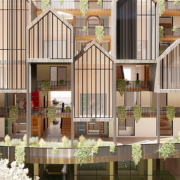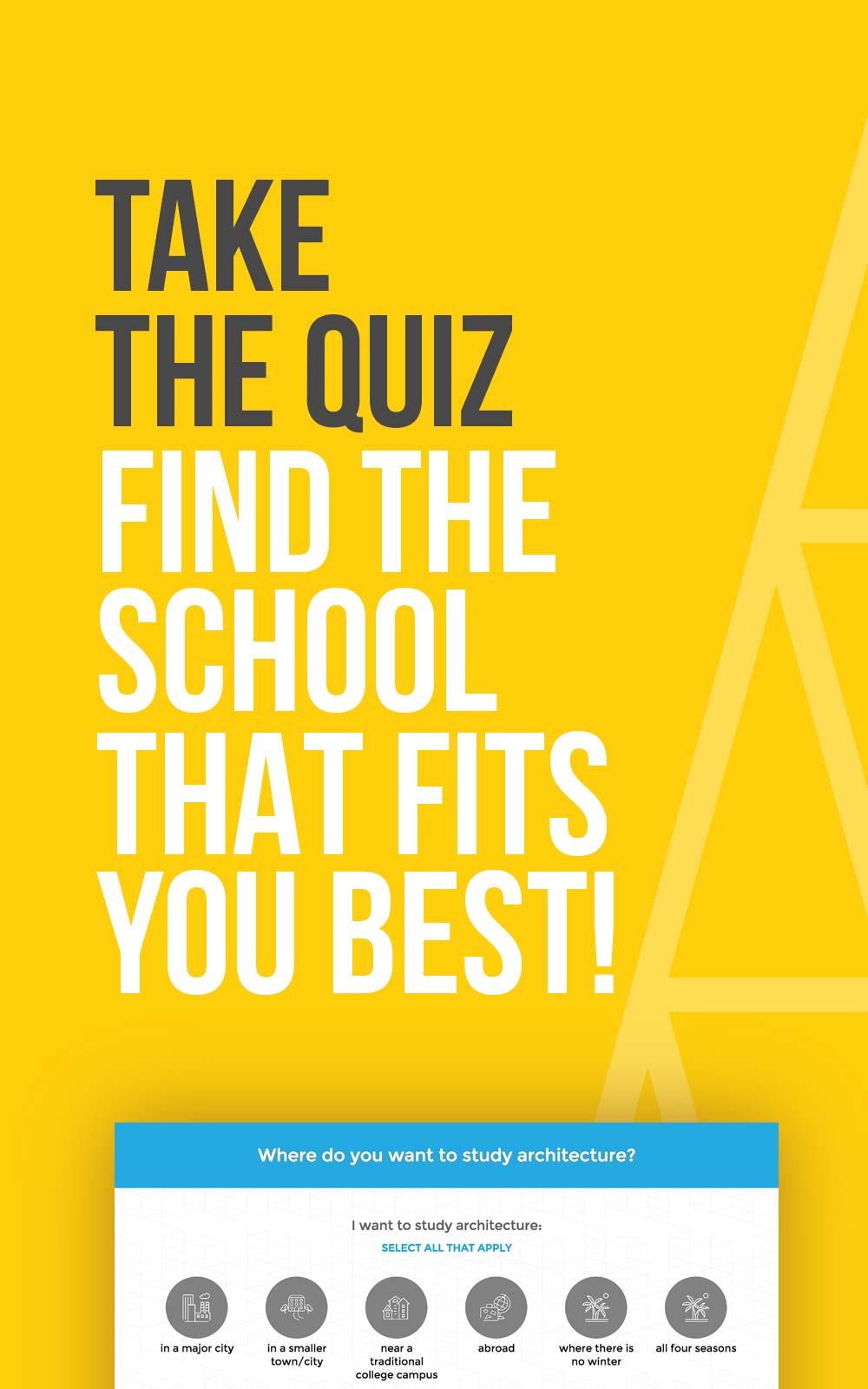USF Architecture Grads Design Award-Winning Disaster Relief Shelter
(via WUSF)
In 2009, University of South Florida School of Architecture and Community Design students Sean Verdecia and Jason Ross watched Hurricane Katrina and the aftermath. What struck them was the lack of quick, proper shelter for the victims of an event like this.

Sean Verdecia, left, and Jason Ross worked with USF’s technology transfer office to patent their design and develop a business plan., HANDOUT
“It started with disasters,” Verdecia said. “We noticed that there’s a second disaster, where people are given these shelters that lack human dignity. We thought that maybe we could use our architecture skills to maybe come up with something new that could solve this issue.”
Even after graduating, the pair continued working on the problem and came up with an answer: AbleNook. “AbleNook is a modular disaster relief dwelling that you can put together without tools in under two hours,” Verdecia said. The duo was encouraged by professor Mark Weston to take their idea to USF’sTechnology Transfer Office, which helped them form a start-up company.
What also came in handy was a crowd-funded Kickstarter campaign they held in 2012 to build a second prototype for field testing. “We started getting these $5,000 donations pouring in and that was like, the light bulb when off and were like, ‘Oh my gosh, people really love this idea, we need to keep working on this,’” Verdecia said. “At its heart, it’s a humanitarian project and people respond to that.” What makes AbleNook unique is that it does a lot of things other shelters can’t do.
“Maybe they can’t be deployed on an uneven terrain, or you need a whole crew to take it out to the field to assemble it, or it’s not insulated, or it’s not secure, or it doesn’t provide human dignity,” Verdecia said, adding, “when we developed this design, we wanted it to be able to check all those boxes.”
The smallest version of AbleNook has an interior space of 64 square feet, is 20 feet long and about 13 feet high, with ceilings that are 10 feet high. “It’s made out of aircraft grade aluminum and structurally insulated panels that you can just click together without any tools,” Verdecia said. If there was a need for a number of shelters to be sent to a disaster site, they can be sent out en masse on the back of a truck and delivered to a scene. “These would be shipped out from our facility, flat packed, almost like an IKEA product and then when it arrives, it’s more like a Lego product that you put together yourself,” Verdecia said.
The AbleNook has thermal insulation and a number of frosted glass windows and natural ventilation techniques to keep the interior warm or cool, depending on the climate. The expandable design means additional units can be set up side by side or on top of one another. It’s also attractive enough with an arched roof and a porch that AbleNook can be used as a portable office, classroom, or even as a prefabricated home.
“We see this kind of like a Mercedes, that you have two versions of the Mercedes,” Verdecia said. “You have the utility version and then you have the luxury version, so you can take the same base platform and you can have it as a delivery vehicle or you can have it as this luxury SUV.”
(via WUSF)
—
To learn more about AbleNook, check out their website! www.ablenook.com
—










